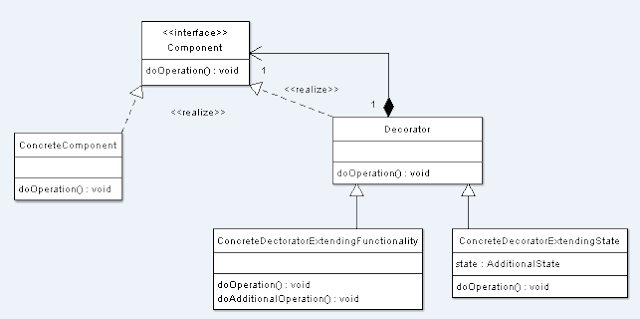Observer design pattern for beginners.

Problem statement – Nowadays we all are very active on the internet. Many times we see educational web sites offering free learning with lots of topics. Different people will be interesting on various topics. And web site has millions of users. Now, if you think to design such kind software. How you will keep track of who likes which topics? If u apply simple math, billion users, one user can love as much topic as he/she wish to learn. And you have to send them regular updates related to those topics. Like new chapter has been added or modified on that topic. To all enrolled learners. U ser very from 1 to 1 million from topic to topic. Actually we can address this problem through observer design pattern, we will see how in this article. Prerequisite – All users shall have one unique identity. For example, email IDs, or say roll numbers, or employee ID, etc. All shall be uniquely identified . You must have noticed. To register in any online for...

